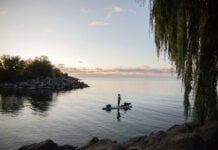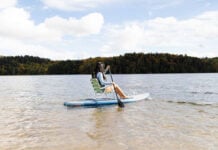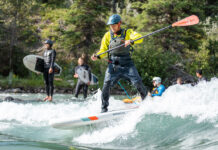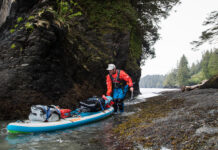Last summer, anxious about climate change, frightened by runaway technology, uninspired at work and wrestling with my identity as my twin teenage daughters leave the nest, I needed to go for a good, long paddle. To seek some balance and perspective by immersing myself in blue space.
Adhering to the adage, “think global, act local,” I explored the waterways in my backyard, heading east from my home in Ottawa in early June and arriving back home nearly four months and 2,000 kilometers later. For an upcoming book on this subject, I interviewed people throughout my route about their relationships with water and its ability to enhance both human and ecological health. Here’s what I learned along the way about myself, SUP and everything else.
Nine life lessons learned on a 2,000-km SUP journey
1 Inflatables are the perfect travel companions
I used a 14-foot touring inflatable from Colorado’s Badfish, figuring I could deflate the board and hop onto a city bus or carry it on my back through crowded places, such as New York City’s Times Square (done and done). But considering how many rocks and concrete walls I bashed into, the SUP’s durability was just as important. It even fell off a friend’s roof rack while she was driving and escaped with just a small scratch.
2 Marinas are your friends
You can’t always pull over and find a campsite when paddling in populated areas—say, down the Hudson River. Although marinas cater to powerboaters and sailors, they also welcome paddlers, especially if you phone ahead and ask for a small patch of ground for your wee tent. Bonus: most have showers. Even better: some have bars.
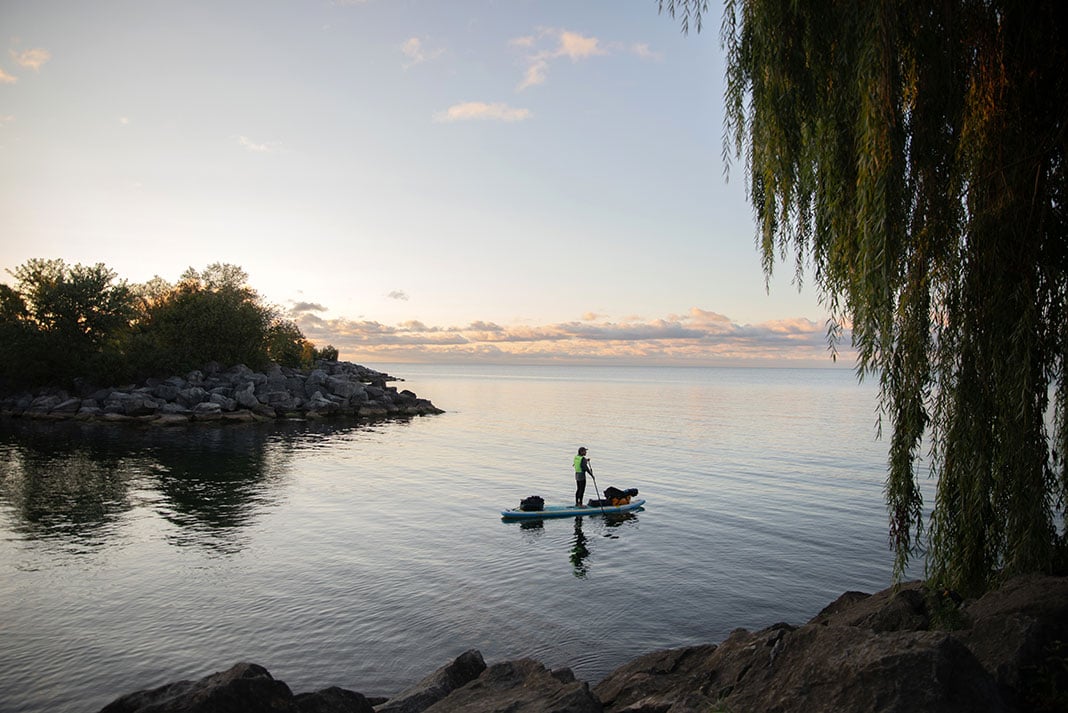
3 Don’t underestimate the Great Lakes
I’ve done a fair bit of paddleboarding on the Pacific and Atlantic, as well as whitewater and SUP surfing. Still, my 50-kilometer transect around the western tip of Lake Ontario was the toughest session I’ve ever experienced. An escalating east wind and 200 miles of fetch produced five-foot swells by mid-afternoon. Eight hours of paddling on one side is not easy. At the other end of the lake, I battled a crosswind for three hours, trying to get around a point to the beach where my wife was camping. I didn’t make it and had to call for a pickup from a different beach.
4 Strangers are just friends you haven’t met
Don’t believe everything you see online. Strangers were incredibly welcoming and supportive throughout my trip, particularly south of the border. People gave me cold drinks, food, places to stay and encouragement to continue. And unlike your average polite Canadian, the dozens upon dozens of Americans I met weren’t shy about asking where I was going and offering to help me get there. Whether because of the slower pace it dictates or because it can be dangerous and the mariner’s code compels strangers to look out for each other, when water is part of the picture, people seem to have time and receptivity. There are opportunities for conversation and interaction. A spark of connection across lines that usually divide us.
5 Canals are fascinating
Wilderness purists might pooh-pooh waterways like the Erie Canal. In part, because of all the poo—although it’s much cleaner than it used to be—but also because it’s not always an escape from the sights, sounds and smells of our urban, industrial world. But there are stunningly beautiful stretches along the canals I paddled, including New York’s Champlain and Ontario’s Rideau, and they’re set up to support water travelers, from lock stations with drinking water to campsites at small-town visitor centers. Canals funnel people of all backgrounds together, from wealthy boaters on luxury yachts to folks fishing for supper and struggling to get by.
In the face of overwhelming odds, small, sustained actions can make a monumental difference.
6 You can paddle farther than you think
Paddleboarding isn’t fast. I can do maybe nine kilometers an hour on a race board in ideal conditions. For an hour. On an inflatable loaded with 60 pounds of gear, five or six kilometers an hour is sustainable, as long there’s no headwind or current going the wrong direction. But multiply that pace by 10 or 12 hours, and you’ll go far. My biggest day was 66 kilometers, albeit with help from the tidal Hudson River.
7 What is an ocean but a multitude of drops?
In the face of overwhelming odds, small, sustained actions can make a monumental difference. The Hudson River was tainted by toxic pollution in the 1960s and declared dead at one point. That sparked an ecological awakening—a key step in the modern North American environmental movement—and the Hudson is now a biodiverse, thriving estuary. Examples like this abound. The formerly industrial and neglected waterfront is being transformed into a lively neighborhood in Buffalo. And in cities up and down the Hudson, trails and parks are being developed so marginalized communities can tap into the therapeutic power of the outdoors.
8 Expect the unexpected
It doesn’t matter how much you plan. Shit happens. I raced north on Lake Champlain one day with a fierce tailwind to catch a southbound train so I could paddle north and make it to my next interview on time. And learned after running to the station, the train was canceled. So I took an Uber, crossed the lake on a ferry and paddled down the sheltered eastern shore. Another day, I planned to camp outside the visitor center in the small city of Albion on the Erie Canal, but it was a sketchy spot and I didn’t feel safe. A woman I met called her brother, who lived on the other side of the canal, and he let me camp in his yard. Every day brings surprises.
9 Paddling just might save the world
A growing body of research is showing how—and why—spending time in, on and around water is good for our physical and mental health. It also encourages ecological stewardship. And according to the University of Vienna’s Mat White, people at the lower end of the socioeconomic spectrum benefit more from blue space than rich people, who are happy and healthy anywhere thanks to their cushion of wealth. Considering the impact of inequality on well-being, improving access to aquatic environments might just be one of the keys to human and planetary health.
Dan Rubinstein has spent much of his career focusing on the importance of blue space and our relationship with water. For more on his project, go to waterborne.ca.
Dan Rubinstein took immersive journalism to another level when he paddled for four months to research his next book. | Feature photo: Kath Fudurich



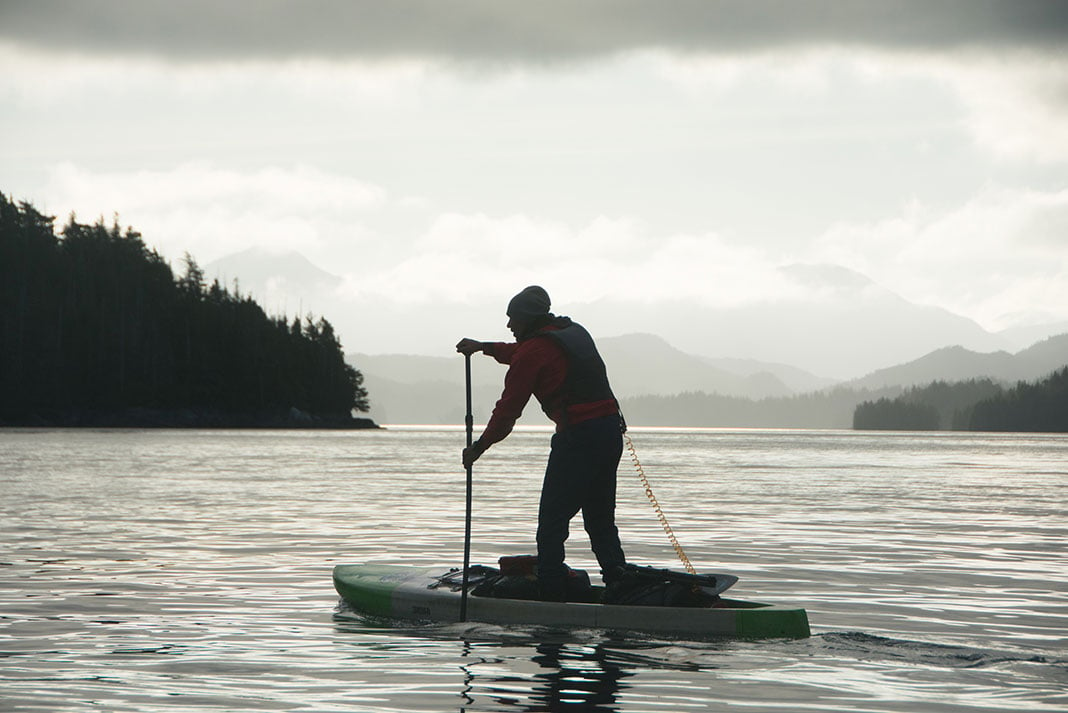
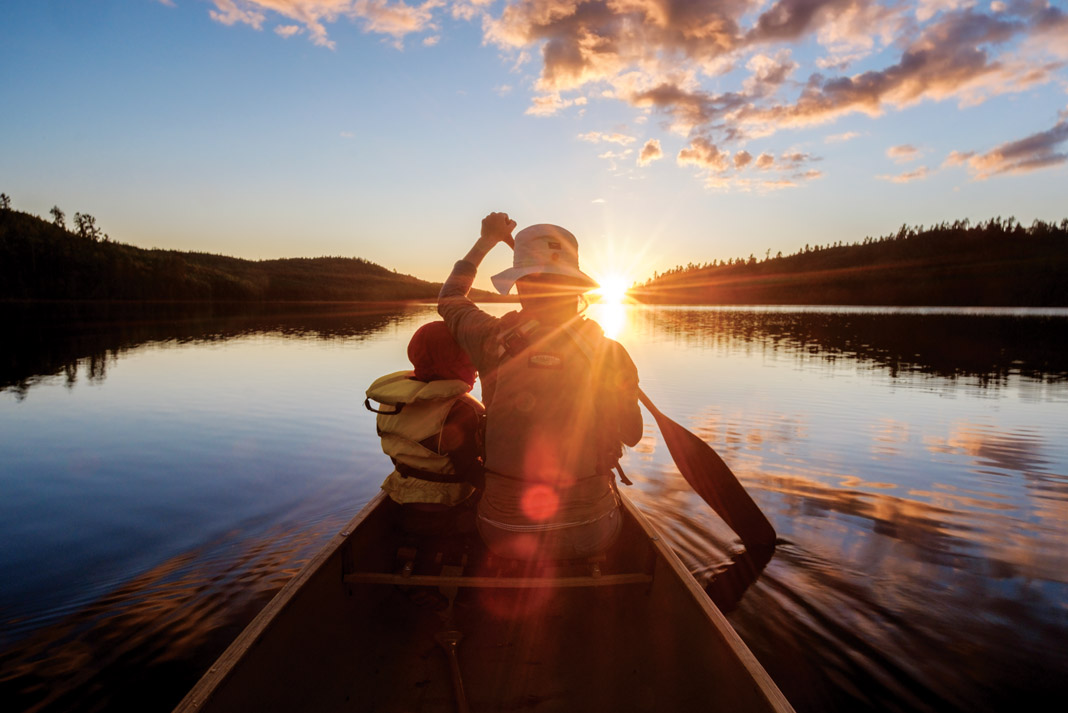
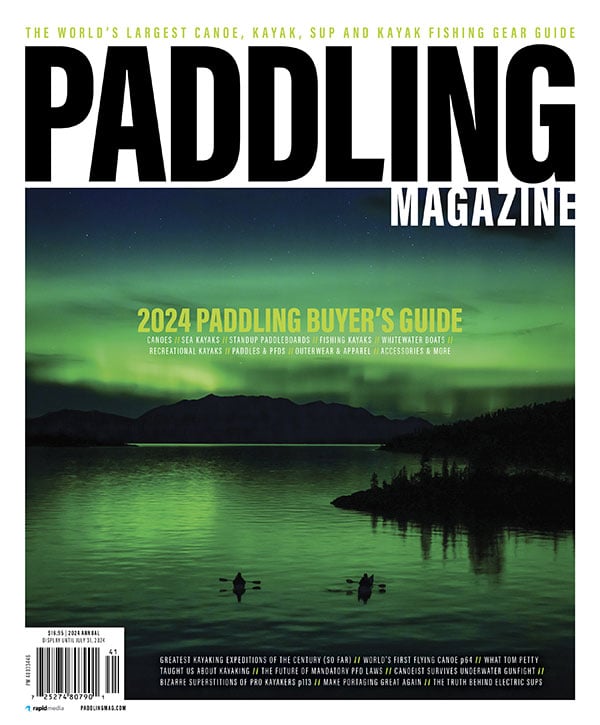 This article was first published in the Spring 2024 issue of Paddling Magazine.
This article was first published in the Spring 2024 issue of Paddling Magazine. 
